
Why was the number of deaths so much higher after the earthquake in Syria compared to injuries?
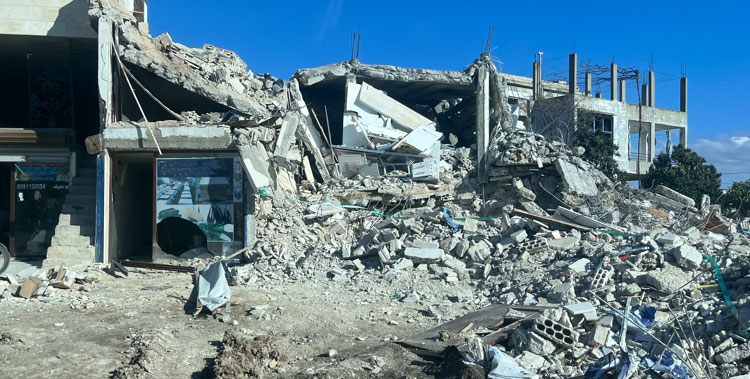
From experience, we know that for every death there will likely be somewhere between 2 to 4 injuries. In Syria, the injury load was only twice the load of people dead, so an approximate ratio of 1:2. Other than the proximity of the earthquake center to the population, three other key principles contributed to this higher death toll: the vulnerability of the dwelling, including construction type and quality, population density and, finally, the capacity of search and rescue teams. We know that the search and rescue teams in Syria needed more support in the first few hours and days of the response. After an earthquake, every hour counts. Within the first 6 hours, the chances of finding a seriously injured person can be approximately 60%, but this rapidly diminishes to less than 10% by the 48th hour.
What are the first parts of a building to collapse?
In our region, many of the buildings are ‘soft-storey’ – meaning their ground floor is substantially weaker than those above. This is often due to the ground floor being used as public areas such as shops or carparking. When an earthquake hits, the ground floor in a soft-storey building typically collapses first, resulting in a vertical falling of the upper floors, and subsequently a total collapse of the building. Consequently, the death toll iscan be high within the first minutes. But injuries can also occur from nonstructural damage, such as broken glass, falling furniture, and partial structural damage.
What type of traumatic injuries most commonly result in death?
There are four waves of mortality caused by injury. The collapse of buildings results in the first wave of traumatic death. The second mortality peak occurs a few hours after the earthquake due to “crush injury”, which results from physical trauma to the torso, extremities, or other parts of the body. Up to 20% of casualties may involve crush injuries due to entrapment under rubble. Even if the trapped individual is rescued, death may still occur from organ failure, referred to as “crush syndrome”. There is only a narrow window of time to provide patients with crush syndrome the appropriate treatment, including intensive fluid resuscitation, life-saving medications, and, in severe cases, hemodialysis.
The third peak follows within days to weeks after an earthquake, as people with sepsis and multi-organ failure die of their injuries. In addition to the traumatically injured, many people who are suffering chronic diseases such as diabetes and heart conditions face a higher risk of death as crucial medicine and care is cut off, constituting the fourth wave.
What kind of care should be made available for those found under the rubble?
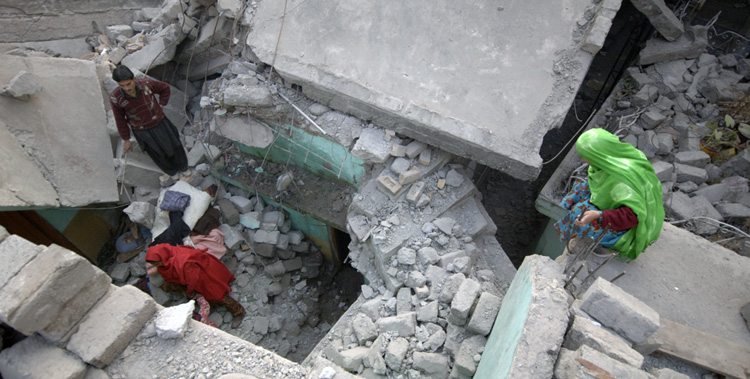
Proper management of an injured victim necessitates the ABCs of emergency care – that is: airway, breathing, and circulation. Usually, this can be provided by the paramedics and frontline health care staff, but appropriate care must be tailored to the severity of the injury. About 30%-40% of the total caseload will suffer from immediate life-threatening injuries and will need further follow-up care and immediate attention at the hospital.
Among the injured who have survived, what are the most common types of injuries you would expect to see?
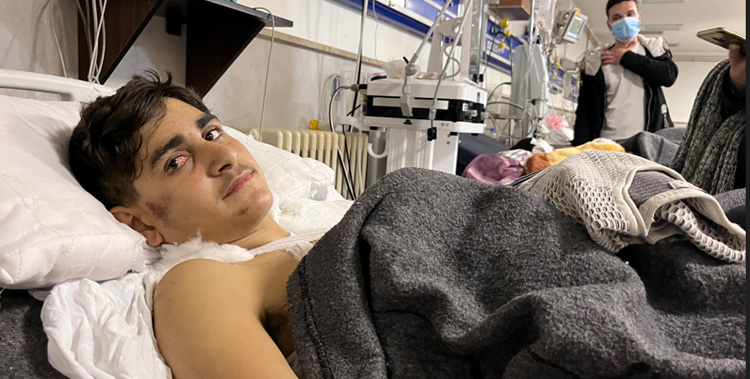
WHO’s findings reveal that disasters, such as earthquakes, result in a significantly high proportion of traumatic deaths and injuries. Of these casualties, fractures account for approximately a quarter of all the injuries with 74% of these affecting people’s lower limb.
In fact, up to 90% of the surgical workload in the hospitals involves limb injury management. Therefore, the provision of external fixators, a limb saving equipment, is crucial for the effective management of limb injuries. Without external fixators, there will likely be an increase in amputations among the injured, and life-long disability.
There are also injuries to the chest, abdomen, head, and spine, but depending on the severity of injury, the chances of survival are much less than extremity injuries.
What can hospitals do to mitigate the impact of death and disability caused by trauma in the future?
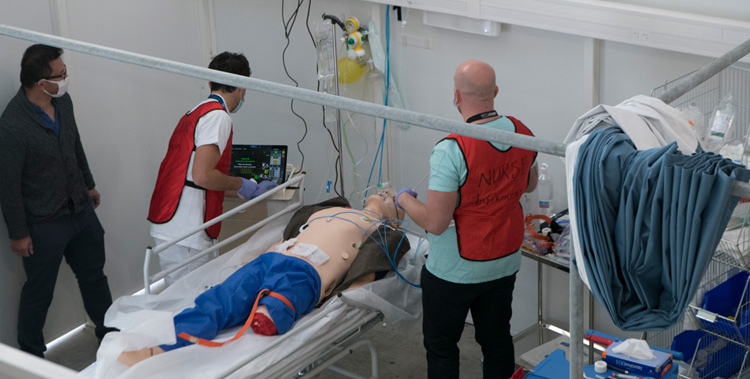
Hospitals should be prepared to deal with mass casualties and complex injuries. Preparedness here is key. Investing in mass casualty management includes training all the hospital staff on the basic principles of mass casualty, along with simulating the hospital plan at least once a year. WHO has been working for the past two years to prepare hospitals across our region to better manage mass casualties. To date, we have trained and supported over 100 hospitals, but there is plenty more to do.
What about communities?
Communities have an essential role to play here. Community education on how to manage such events is key to reducing the impact. For example, what to do during an earthquake to ensure safety. The most common type of injury is being struck by falling objects. During tremors, individuals can be educated to move out of the path of falling objects, or better still, secure objects from falling.
Another example is immediate prehospital care, which is necessary for life-threatening injuries within the first 6 hours. During large events, rescue teams cannot reach all affected individuals within the needed time frame. The local community should be trained to participate in rescue activities and even post-rescue treatment, especially in known earthquake zones.
After an earthquake, a lot of camps and temporary shelters are set up for those displaced. Are there factors to consider for managing injuries?
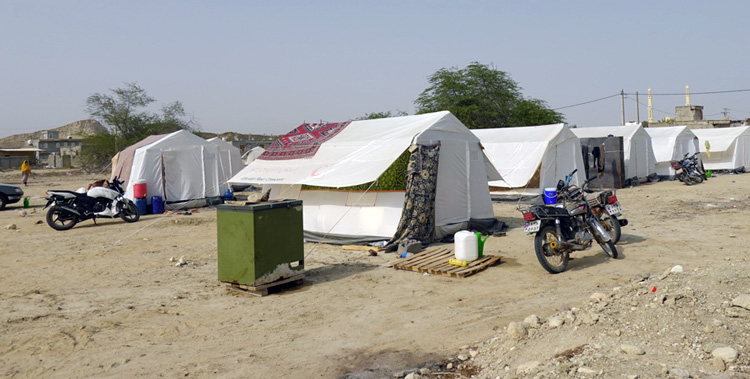
Absolutely! Crowded camps can sometimes have contaminated water and food, which results in the spread of infectious diseases. Injuries can be affected by inappropriate sanitary conditions after an earthquake and wound infections can be high, particularly in areas where people have no access to medical care.
What are the key lessons to take forward?
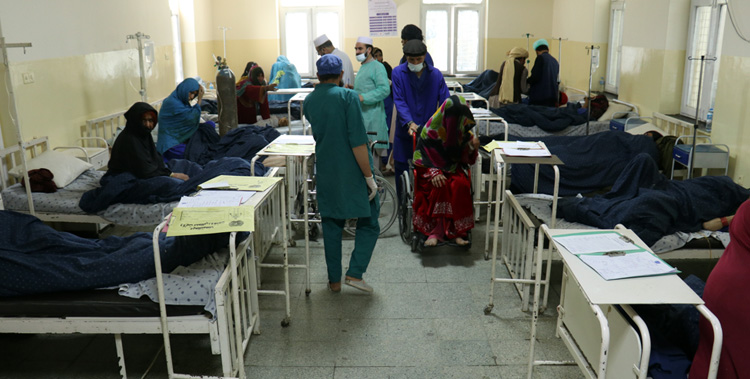
Earthquakes are among the most recognized life-threatening natural disasters of the 21st century, and the Eastern Mediterranean Region is particularly susceptible. For example, the Bam earthquake in south-east Iran which killed 40,000 people in 2003; the Pakistan earthquake in 2005 which resulted in over 70,000 deaths; and in Afghanistan, June 2022, when a 6.1-magnitude killed more than 1100 people. The need for preparedness is critical to saving lives and reducing lifelong disability.
When it comes to traumatic injuries, WHO has established the Regional Trauma Initiative (RTI), a dedicated unit providing direct support and assistance to countries of the Eastern Mediterranean Region that face emergencies related to trauma. Moving forward, the RTI will be enhancing the know-how and best practices on earthquake response, as well as rolling out its training package, which includes training on prehospital care services, mass casualty management and surgical services.
Supported by the USAID Bureau for Humanitarian Assistance, the aim of the RTI is to build resilient trauma care pathways that can withstand shocks, thereby reducing avoidable death and disability caused by trauma.


